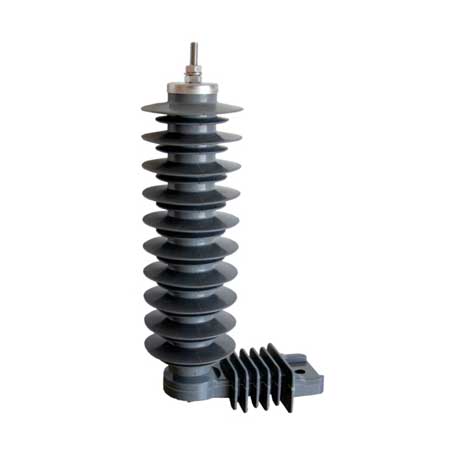
Introduction
Surge arresters are vital protective devices that shield electrical equipment from overvoltage transients caused by lightning strikes, switching operations, and other electrical disturbances. Without proper surge protection, power grids and industrial facilities are vulnerable to catastrophic failures, leading to costly downtime and equipment damage. These devices are integral to ensuring the stability, reliability, and longevity of electrical systems in power transmission, distribution networks, and industrial applications.
What is a Surge Arrester?
A surge arrester is a critical component of electrical protection systems, designed to limit transient overvoltage by diverting excess electrical energy safely to the ground. When an overvoltage event occurs, the surge arrester acts as a barrier, preventing the surge from reaching sensitive electrical components. It consists of various materials, such as metal oxide varistors (MOVs), silicon carbide, or gapless designs, that react instantaneously to voltage surges, ensuring minimal impact on the system.
Structure and Components of a Surge Arrester
Surge arresters are composed of several essential parts that work together to provide overvoltage protection:
Metal Oxide Varistors (MOVs):
The core component of modern surge arresters, MOVs have nonlinear resistance characteristics. Under normal voltage conditions, they exhibit high resistance, allowing normal operation. However, during a voltage surge, their resistance drops significantly, enabling them to absorb and dissipate excess energy.
Housing and Insulation:
The outer casing of a surge arrester is typically made from porcelain or polymer, providing mechanical strength and environmental protection against moisture, contamination, and temperature variations.
Discharge Counter:
Some high-voltage surge arresters include a discharge counter that records the number of times the arrester has operated, helping maintenance teams assess its condition and effectiveness.
Grounding System:
Proper grounding is essential for surge arresters to function effectively. The device must be correctly connected to the earth to safely dissipate excess energy without causing hazards.
Working Principle of Surge Arresters
The primary function of a surge arrester is to detect and respond to voltage surges within milliseconds, preventing excessive energy from damaging connected electrical equipment. It operates in the following manner:
Normal Conditions:The arrester remains inactive, providing a high resistance path that does not interfere with the normal operation of electrical circuits.
Overvoltage Event:When a transient overvoltage occurs, the arrester rapidly transitions to a low-resistance state, allowing the surge to bypass sensitive equipment and flow safely to the ground.
Post-Surge Recovery:Once the surge has dissipated, the arrester returns to its high-resistance state, restoring normal circuit operation without disruption.
Types of Surge Arresters
Surge arresters are classified based on their voltage rating, construction, and application. Understanding these types helps in selecting the right device for specific protection needs.
Station Class Surge Arresters
Designed for high-voltage substations, transmission networks, and power stations.
Provide robust protection for transformers, switchgear, and circuit breakers.
Typically rated for voltage levels above 69 kV.
Intermediate Class Surge Arresters
Used in medium-voltage applications such as industrial plants and commercial facilities.
Protect electrical distribution networks from switching surges and lightning strikes.
Suitable for voltage levels between 10 kV and 69 kV.
Distribution Class Surge Arresters
Commonly installed on power distribution poles and electrical panels.
Protect consumer-level electrical systems from voltage spikes.
Rated for lower voltage applications, usually below 10 kV.
Secondary Surge Arresters
Designed for residential, commercial, and office environments.
Protect household appliances, computers, and sensitive electronic devices.
Often integrated into power strips and surge-protected outlets.
Secondary Surge Arresters
Designed for residential, commercial, and office environments.
Protect household appliances, computers, and sensitive electronic devices.
Often integrated into power strips and surge-protected outlets.
Line Surge Arresters
Installed along power transmission lines to prevent flashovers caused by lightning-induced surges
Help maintain system reliability by reducing the risk of line failures.
Applications of Surge Arresters
Surge arresters are extensively used in both power grids and industrial environments to protect critical infrastructure. Their applications include:
Power Grid Applications
Transformer Protection:Prevents insulation damage and prolongs the lifespan of transformers by absorbing voltage surges.
Circuit Breaker Safety:Shields high-voltage circuit breakers from unexpected overvoltage conditions, ensuring operational reliability.
Lightning Protection:Reduces the impact of direct and indirect lightning strikes on power transmission and distribution lines.
Substation Protection:Enhances the safety of electrical substations by mitigating transient overvoltages.
Industrial Applications
Motor and Generator Protection:Prevents voltage surges from damaging industrial motors and generators, ensuring smooth operation.
Automation and Control Systems: Protects PLCs, SCADA systems, and industrial sensors from electrical surges that could disrupt operations.
Data Centers and IT Infrastructure:Shields servers, networking equipment, and communication systems from transient voltage spikes, preventing data loss and system crashes.
Manufacturing and Production Plants:Minimizes downtime and equipment failure by preventing power fluctuations in industrial machinery.
Importance of Surge Arresters in Electrical Safety
Surge arresters play a fundamental role in ensuring the safety, reliability, and efficiency of electrical systems. Their benefits include:
Equipment Protection:Extends the operational lifespan of electrical devices, reducing maintenance and replacement costs.
Operational Continuity:Prevents power disruptions, minimizing downtime in industrial and commercial operations.
Safety Enhancement:Reduces the risk of electrical hazards caused by sudden overvoltage events.
Regulatory Compliance:Helps organizations meet safety standards and industry regulations for electrical protection.
Installation and Maintenance of Surge Arresters
Proper installation and regular maintenance are critical to ensuring the effectiveness of surge arresters. Here are key best practices:
Installation Guidelines
Select the appropriate surge arrester based on system voltage, load capacity, and environmental conditions.
Ensure correct grounding to facilitate safe energy dissipation.
Position surge arresters strategically near transformers, switchgear, and other sensitive components.
Maintenance and Testing
Conduct periodic inspections to check for signs of wear, moisture ingress, or physical damage.
Use diagnostic tools such as infrared thermography and insulation resistance tests to assess arrester health.
Replace surge arresters when their discharge capacity diminishes to maintain system protection.
Conclusion
Surge arresters are indispensable in modern electrical systems, providing essential protection against transient overvoltages in power grids and industrial applications. By absorbing and redirecting excessive voltage surges, they help prevent equipment damage, operational downtime, and safety hazards. Investing in high-quality surge protection solutions ensures the long-term reliability, efficiency, and safety of electrical networks in various industries. Implementing proper installation and maintenance practices further enhances the performance and durability of surge arresters, making them a crucial component in electrical engineering and infrastructure protection.
Articles
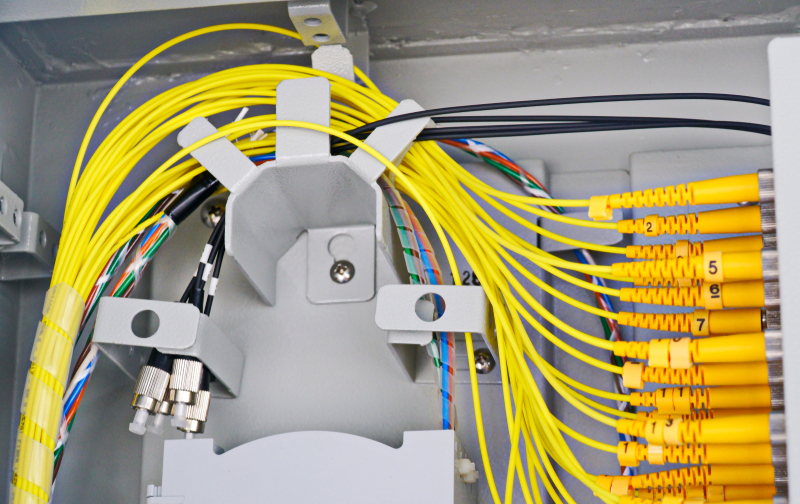 Powering the Future: A Comprehensive Guide to Modern Cable Jointing and Termination Solutions
Powering the Future: A Comprehensive Guide to Modern Cable Jointing and Termination Solutions
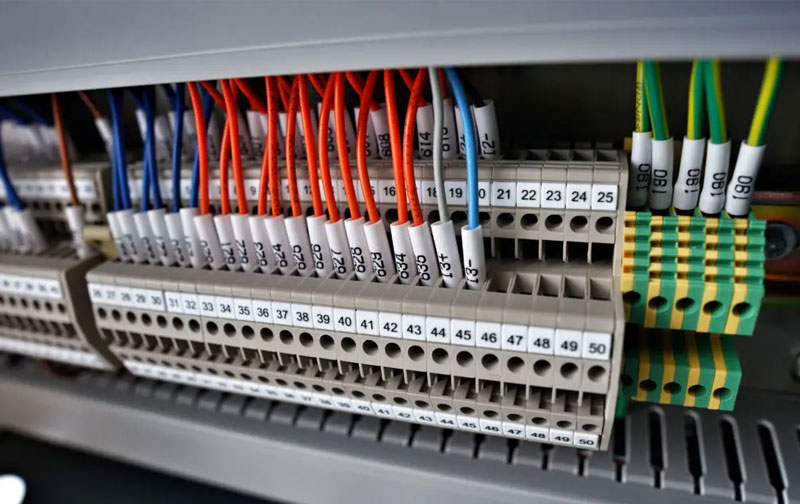 Power Cable Accessories: Streamlining Performance and Ensuring Reliable Power Distribution
Power Cable Accessories: Streamlining Performance and Ensuring Reliable Power Distribution
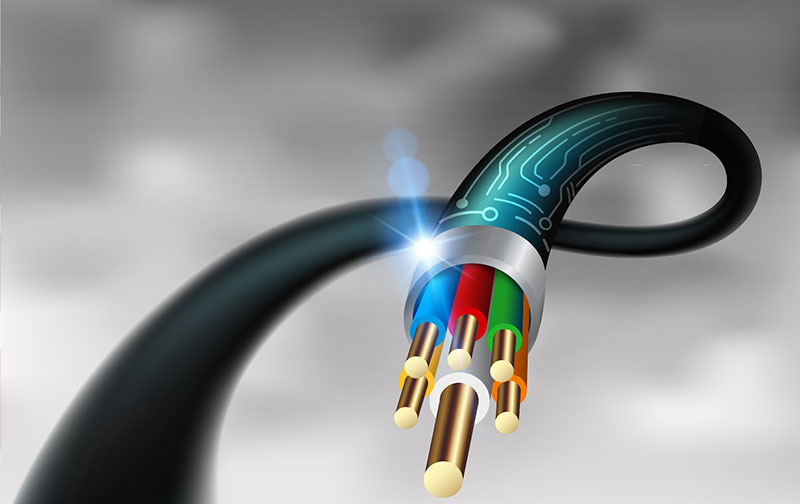 Power Cable Accessories: Empowering Electrical Networks for Optimal Performance
Power Cable Accessories: Empowering Electrical Networks for Optimal Performance
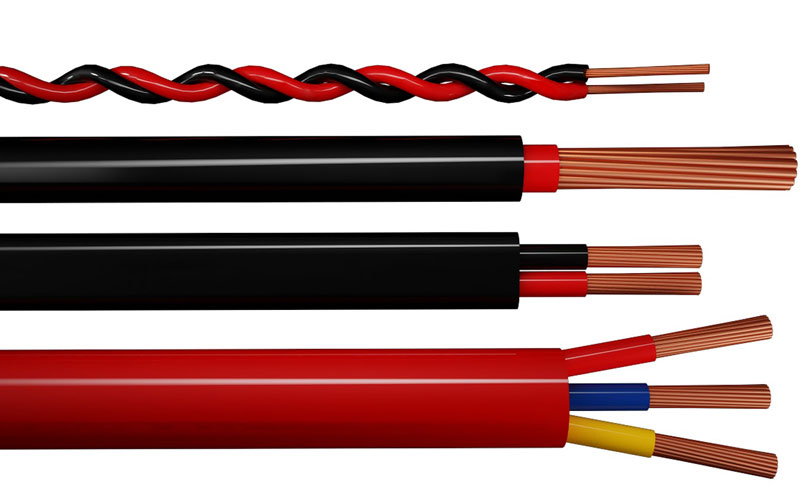 Unifying Power and Reliability: The Vital Role of Cable Joints in Electrical Networks
Unifying Power and Reliability: The Vital Role of Cable Joints in Electrical Networks
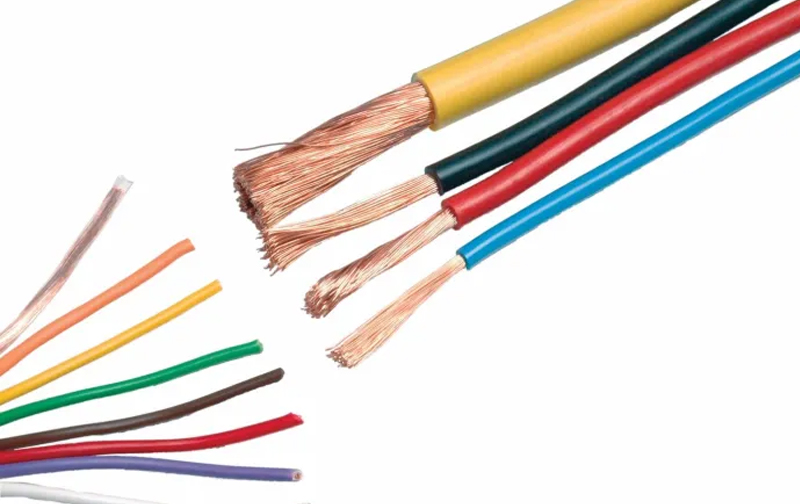 Selecting the Appropriate Power Cable Jointing Kits: Essential Factors to Consider
Selecting the Appropriate Power Cable Jointing Kits: Essential Factors to Consider
Address 1 - PL214H Al Hamra Industrial Zone-NFZ, RAK, United Arab Emirates
Address 2 - P.O. Box 14577 Warehouse #1, Shed #9
Technology Park, Ras Al Khaimah, U.A.E.
Email : grace@alyamunadensons.ae
Phone : +971 7 2233013
Mobile : +971 542479518
Kindly provide your information, and our expert team will get in touch with you shortly.